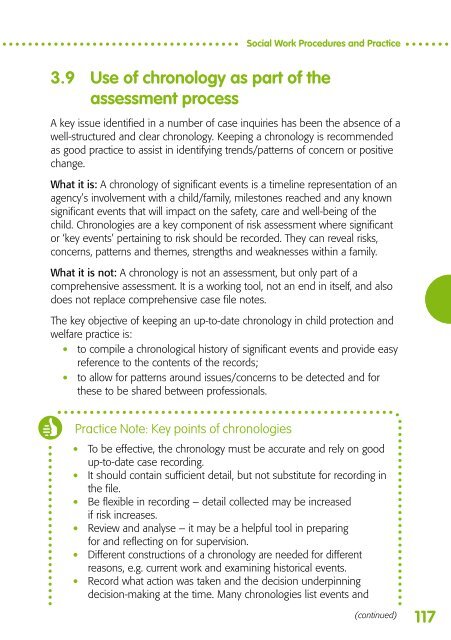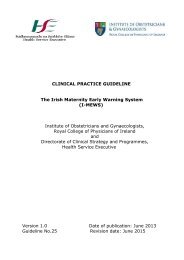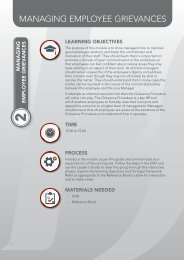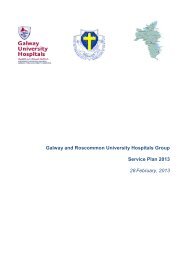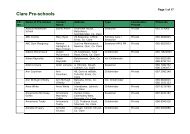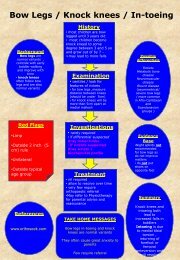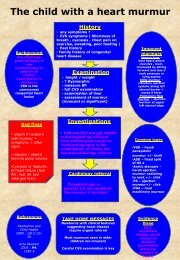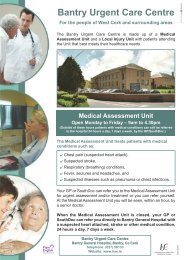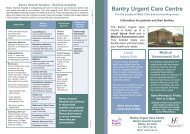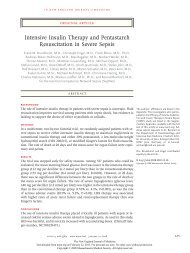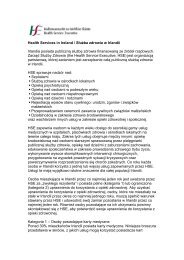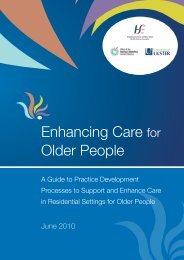Child Protection and Welfare Practice Handbook - Health Service ...
Child Protection and Welfare Practice Handbook - Health Service ...
Child Protection and Welfare Practice Handbook - Health Service ...
Create successful ePaper yourself
Turn your PDF publications into a flip-book with our unique Google optimized e-Paper software.
Social Work Procedures <strong>and</strong> <strong>Practice</strong><br />
3.9 Use of chronology as part of the<br />
assessment process<br />
A key issue identified in a number of case inquiries has been the absence of a<br />
well-structured <strong>and</strong> clear chronology. Keeping a chronology is recommended<br />
as good practice to assist in identifying trends/patterns of concern or positive<br />
change.<br />
What it is: A chronology of significant events is a timeline representation of an<br />
agency’s involvement with a child/family, milestones reached <strong>and</strong> any known<br />
significant events that will impact on the safety, care <strong>and</strong> well-being of the<br />
child. Chronologies are a key component of risk assessment where significant<br />
or ‘key events’ pertaining to risk should be recorded. They can reveal risks,<br />
concerns, patterns <strong>and</strong> themes, strengths <strong>and</strong> weaknesses within a family.<br />
What it is not: A chronology is not an assessment, but only part of a<br />
comprehensive assessment. It is a working tool, not an end in itself, <strong>and</strong> also<br />
does not replace comprehensive case file notes.<br />
The key objective of keeping an up-to-date chronology in child protection <strong>and</strong><br />
welfare practice is:<br />
to compile a chronological history of significant events <strong>and</strong> provide easy<br />
• reference to the contents of the records;<br />
to allow for patterns around issues/concerns to be detected <strong>and</strong> for<br />
• these to be shared between professionals.<br />
<strong>Practice</strong> Note: Key points of chronologies<br />
• To be effective, the chronology must be accurate <strong>and</strong> rely on good<br />
up-to-date case recording.<br />
It should contain sufficient detail, but not substitute for recording in<br />
• the file.<br />
Be flexible in recording – detail collected may be increased<br />
• if risk increases.<br />
Review <strong>and</strong> analyse – it may be a helpful tool in preparing<br />
• for <strong>and</strong> reflecting on for supervision.<br />
Different constructions of a chronology are needed for different<br />
• reasons, e.g. current work <strong>and</strong> examining historical events.<br />
Record what action was taken <strong>and</strong> the decision underpinning<br />
• decision-making at the time. Many chronologies list events <strong>and</strong><br />
(continued)<br />
117


